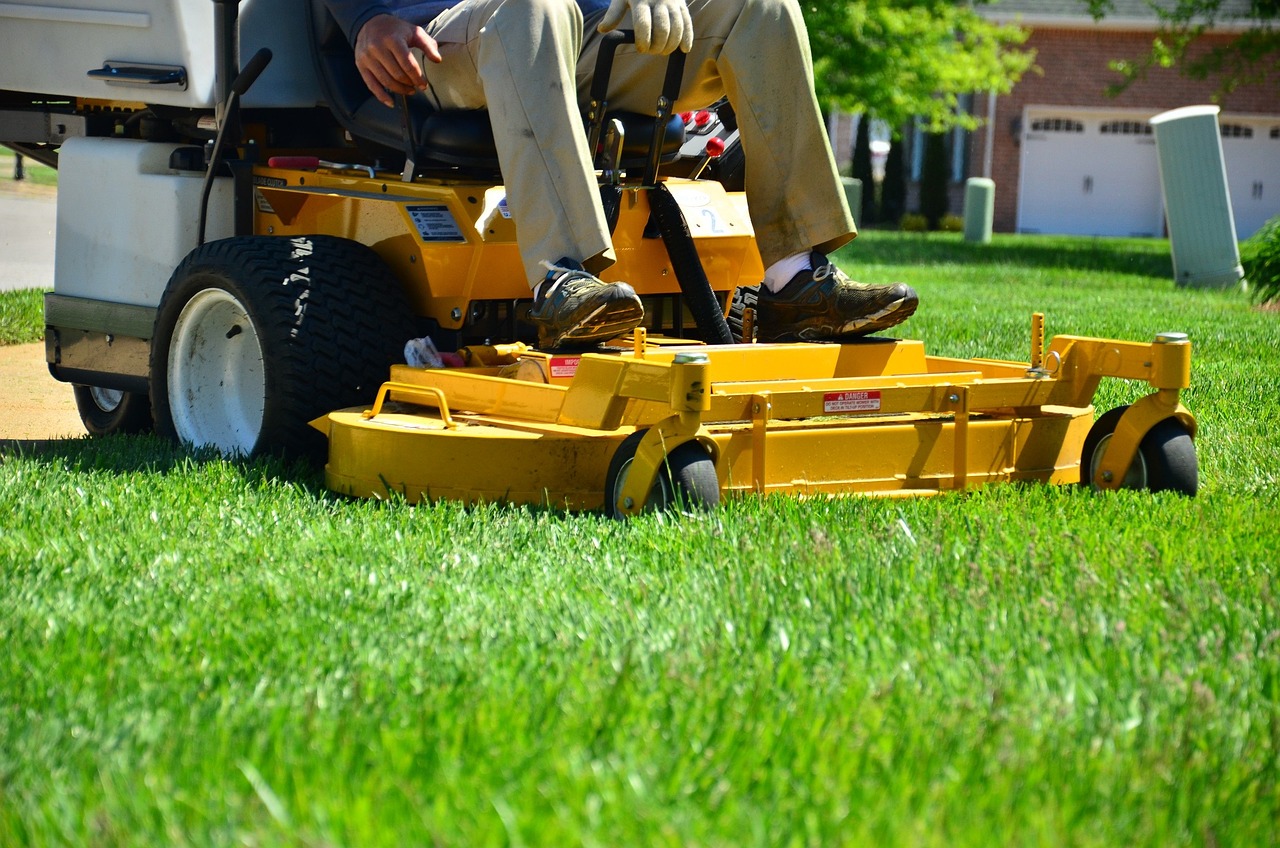Introduction
West Texas, with its unique climate and landscape, presents both challenges and opportunities for homeowners and property managers looking to create beautiful and functional outdoor spaces. Landscaping in this region requires careful consideration of factors such as water scarcity, extreme temperatures, and native plant choices. In this blog post, we’ll provide answers to some common questions that people often have about landscaping in West Texas.
1. What are the Key Challenges of Landscaping in West Texas?
Landscaping in West Texas comes with several challenges, including:
– Drought Conditions: West Texas is known for its arid climate, which means limited water resources for landscaping.
– Extreme Temperatures: Summers can be scorching hot, while winters can be harsh and dry.
– Soil Composition: The region’s soil can be rocky and alkaline, making it less conducive to traditional gardening.
2. How Can I Conserve Water in My West Texas Landscape?
Water conservation is crucial in West Texas. Here are some strategies to reduce water usage:
– Xeriscaping: Choose drought-tolerant plants and use mulch to retain moisture.
– Efficient Irrigation: Install a smart irrigation system with drip lines and sensors to avoid overwatering.
– Rainwater Harvesting: Collect rainwater for irrigation use during dry periods.
3. What Native Plants Thrive in West Texas?
Native plants are well-suited to West Texas conditions. Some popular options include:
– Texas Sage (Leucophyllum frutescens): Known for its purple blooms and drought tolerance.
– Desert Marigold (Baileya multiradiata): A hardy, low-maintenance perennial.
– Red Yucca (Hesperaloe parviflora): A striking succulent with tall flower spikes.
– Texas Redbud (Cercis canadensis var. texensis): A small tree with vibrant spring blossoms.
4. How Can I Create Shade in My Landscape?
Shade is essential in West Texas to provide relief from the sun’s intense heat. You can create shade by:
– Planting Trees: Choose fast-growing shade trees like Mexican sycamore, desert willow, or Texas ash.
– Installing Shade Structures: Use pergolas, arbors, or shade sails for outdoor seating areas.
– Strategically Placing Plants: Plant taller, shade-providing plants near windows and outdoor living spaces.
5. How Can I Protect My Landscape from Strong Winds?
West Texas can experience strong winds, so it’s essential to plan for wind protection. Here’s how:
– Windbreaks: Plant windbreaks with sturdy, drought-tolerant shrubs or trees to shield your property from strong winds.
– Hardscaping: Use hardscape features like walls and fences to provide wind protection to your outdoor spaces.
6. What Are the Best Practices for Lawn Care in West Texas?
Maintaining a healthy lawn in West Texas requires some specific practices:
– Aerate: Aerating your lawn allows water and nutrients to penetrate the soil.
– Mow Properly: Set your mower blade to a higher level to provide shade for the grass roots.
– Choose Drought-Tolerant Grasses: Bermudagrass and buffalo grass are good options for West Texas lawns.
Conclusion
Landscaping in West Texas presents unique challenges, but with thoughtful planning, water conservation, and a selection of native plants, you can create a beautiful and sustainable outdoor space that thrives in this distinctive environment. By following these guidelines and considering the specific needs of your landscape, you can enjoy a stunning and functional outdoor oasis in the heart of West Texas.

Be The First To Comment